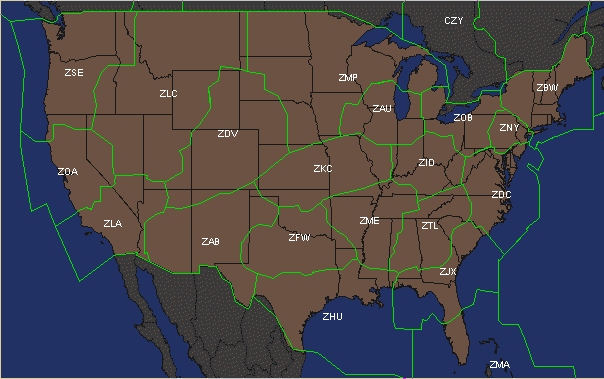Here are some notes regarding the various regulations that govern our operations in the USA, and the procedures we must follow with the Federal Aviation Administration (FAA) to stay in compliance with requirements. I'm sure there are more experienced balloonists with deeper knowledge of requirements, so please leave a comment below if you think I've missed anything important.
First of all, the relevant regulations for unmanned balloon flights are found in the Federal Code of Regulations under Title 14, Chapter I, Subchapter F, Part 101, often referred to simply as Part 101. Here you can find regulations for not only unmanned balloon flights like the HAPP, but also moored balloons, kites, amateur rockets, and model aircraft.
As a rough summary, if your balloon payload is small enough, you are exempt from any further coordination with the FAA as long as you don't go launching in restricted airspace such as near an airport (mainly Class B, C, or D airspace). The limit is 2.7 kg or 6 pounds. Because the HAPP weights 11 kg, we are not exempt, and we must do some coordination before and during the mission. Incidentally, I learned from the FAA that some balloon payloads can literally weigh tons, so having a heavy payload does not mean you can't get permission to fly.
Based on my conversations with the FAA during April and May of 2018, I can report that the FAA is not happy with the current regulations, which apparently were written over 40 years ago when the skies were quite a bit less crowded than they are today. My contact at FAA expects new regulations to be issued "soon." The new regulations will most likely require the use of transponders on balloon payloads so that Air Route Traffic Control Centers (ARTCCs, formerly called "Air Traffic Control") can see the balloons on radar. Civilian radar technology does not generally allow ARTCC to see balloons today due to their small radar cross sections, and ARTCC does not like surprises in the air!
Even if they can see balloons with transponders, the Centers cannot turn or control the balloons like an aircraft, so all they can do is keep airplanes away. They don't like that either, but there doesn't seem to be a practical solution other than requiring positive control by balloon operators to cut down payloads and terminate flights. This is not a trivial issue for the FAA as they informed me that there are hundreds if not thousands of weather balloon flights each day in the USA. Fortunately, there has never been an incident where a balloon collided with an aircraft.
The first mission flight for the HAPP is in Southeast Michigan / Northern Ohio, and unfortunately that falls near the intersection of three different ARTCC zones: Cleveland Center (ZOB), Chicago Center (ZAU), and Indianapolis Center (ZID). I say "unfortunately" because it means the flight must be coordinated with all three centers.
United States Air Traffic Control Zones
Due to this complexity, I eventually ended up on the phone with an individual at Ft. Worth Center (ZFW) who assists with unmanned balloon coordination at a super-regional level. With his help I managed to find the right folks at each Center and we set up the following procedure:
- Weeks before flight: We submitted technical details about the HAPP and the flight plan. The FAA reviewed these details and discussed with us by phone. Ultimately, the FAA approved the mission.
- 72 hours before flight: We update the flight path prediction based on weather forecasts. We plot the prediction and send details to the relevant Center(s).
- 48 hours before flight: We call LEIDOS Flight Service (LFS) Center in Washington, D.C. and verbally submit a NOTAM (Notice to Airmen). NOTAMs are informational bulletins that pilots pull for relevant regions through which they will be flying. The notices alert pilots to potential hazards along a flight route. NOTAMs typically contain information about air shows, parachute jumps, temporary flight restrictions, closed runways at airports, etc.
- 15 minutes before launch: We call the relevant Regional Centers and inform their Traffic Management Units (TMU) of the pending launch. Our flight is subject to various conditions including visibility; essentially we are limited to Visual Flight Rules (VFR). This means we can't launch if, for example, there are heavy clouds. The idea is that aircraft pilots should be able to see the balloon. Requirements are spelled out in Part 101.
- During flight: We must be available by mobile phone at all times to receive potential calls from the Centers if needed.
- Within 15 minutes of landing: We call the Center TMUs and inform them of the landing.
This is the procedure we established through discussions with FAA. The regional Centers could ask for additional information during the course of the flight, such as confirmation that we've reached certain altitudes. However, in this case they did not require any other information.
Example of flight path simulation submitted to the FAA. The multiple predicted paths are various runs in a Monte Carlo simulation.
All of this coordination takes a bit of planning and effort, but there is no substitute for getting it right and being safe.
Happy Flying!



